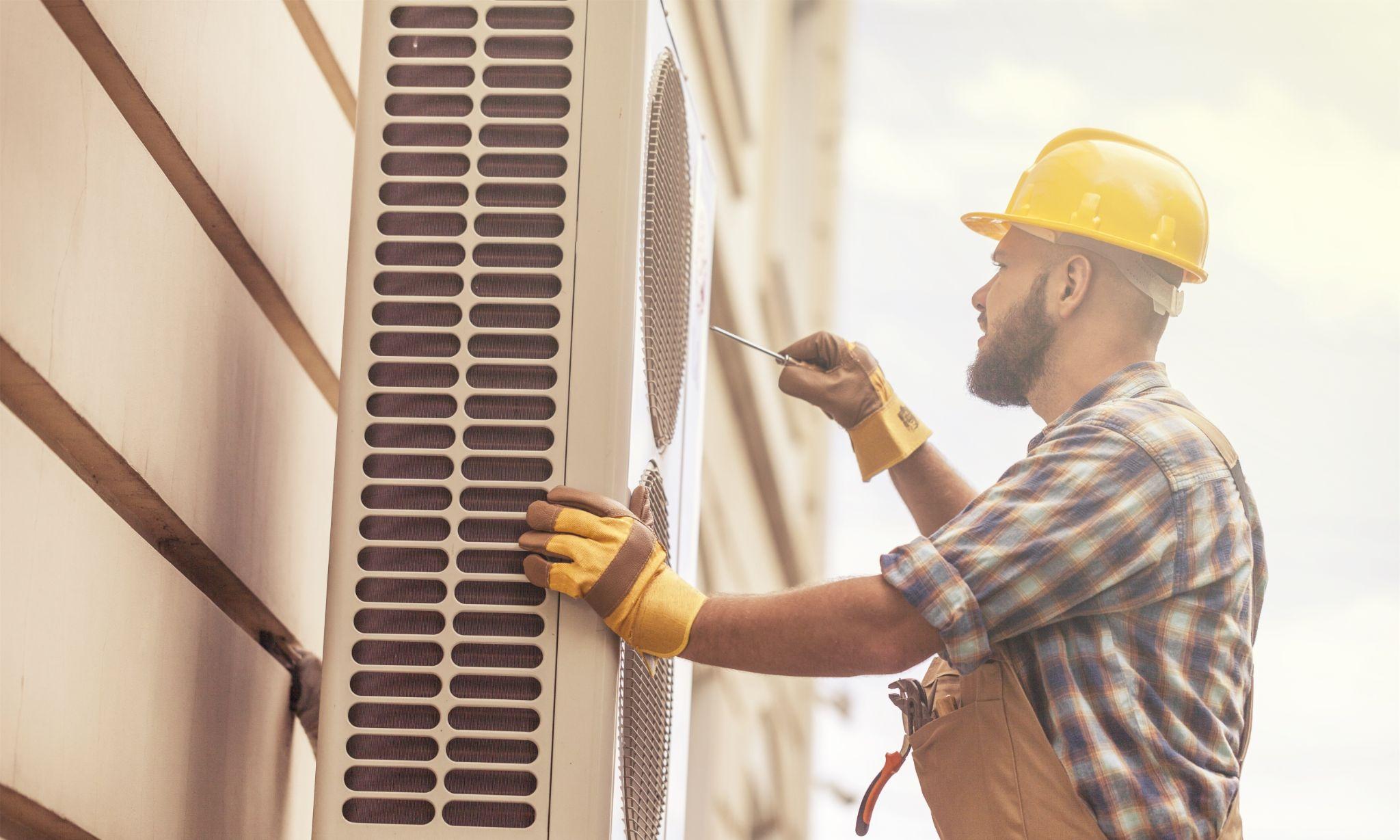How Do I Know What Size HVAC I Need for My Home?

Did you know that HVAC (heating, ventilation, and air conditioning) systems come in different sizes? Most homeowners who have never had to replace their HVAC units are somewhat surprised when purchasing a new HVAC system for their homes.
So, how do you know what size HVAC you need? The biggest misconception is basing your new system on your current system. Considering that most air conditioners last between 15 and 20 years and most furnaces last as long as 25 years, your current system could easily be outdated. So, basing your HVAC sizing on your current system is never a good idea.
Why does the size of the HVAC system matter?
The size of a new HVAC system is vital to ensure your home is heated and cooled efficiently. Having a system that is undersized or oversized can cause heating and cooling issues as follows:
Undersized HVAC System
Undersizing means your newly installed HVAC will not be able to keep up with your home’s heating and cooling needs. As a result, the system will run longer, increasing your heating and cooling costs.
Furthermore, an undersized HVAC system will work much harder. On extremely cold or hot days, the system will not be able to heat or cool your home to your preferred temperature settings. Therefore, ultimately, you will be shortening the lifespan of the new system.
Oversized HVAC System
You might think that having a larger HVAC system would not matter. However, systems that are too big are not able to cycle fully. Instead, they short cycle because they raise or lower the temperature too quickly.
Short cycling is also not energy efficient. The HVAC system uses the most energy when it turns on. Not to mention, short cycling places added strain on the system, causing it to wear out much faster.
How do I find out what size HVAC is best for my house?

It is easy to calculate the size of HVAC needed for your home by using the square footage of the house. In general, you multiply the square footage by 25 to find out what BTU capacity you need. However, there are some other considerations you must factor into your calculations.
#1: BTUs for furnaces are different.
Your initial BTU calculation gives you an idea of what size air conditioner you need. To determine what size furnace you need, take your initial BTU capacity calculation and divide it by 0.80.
#2: Determine the zone where you live.
If you live in the south, the tonnage and BTUs are slightly different than living in the north. As such, the capacity of the system will need to be adjusted. For instance, your cooling BTUs will matter more than your furnace BTUs in the south since you use your AC more than the furnace.
#3: Know the tonnage of the HVAC system.
HVAC sizing is based on the tonnage of the units, not necessarily the BTUs. There is a BTU range that relates to the tonnage of the system. This calculation is easy to perform by taking the square footage of your home, multiplying it by 30, and then dividing it by 12,000.
Ensuring Your HVAC Sizing Is Precise
The calculations you make are generalized guidelines. Other factors need to be determined, such as the ceiling height, insulation, number of windows, etc. We highly recommend requesting a free HVAC system estimate to know what size HVAC you will need.
With winter just around the corner, now is a great time to get a new HVAC installation. Contact Christianson Air Conditioning & Plumbing at 512-246-5400 to schedule a free HVAC system estimate in Temple, New Braunfels, San Antonio, or the Austin metro area today!
Tags: How Do I Know What Size HVAC I Need?, HVAC Installation, HVAC Sizing



Sorry, comments for this entry are closed at this time.